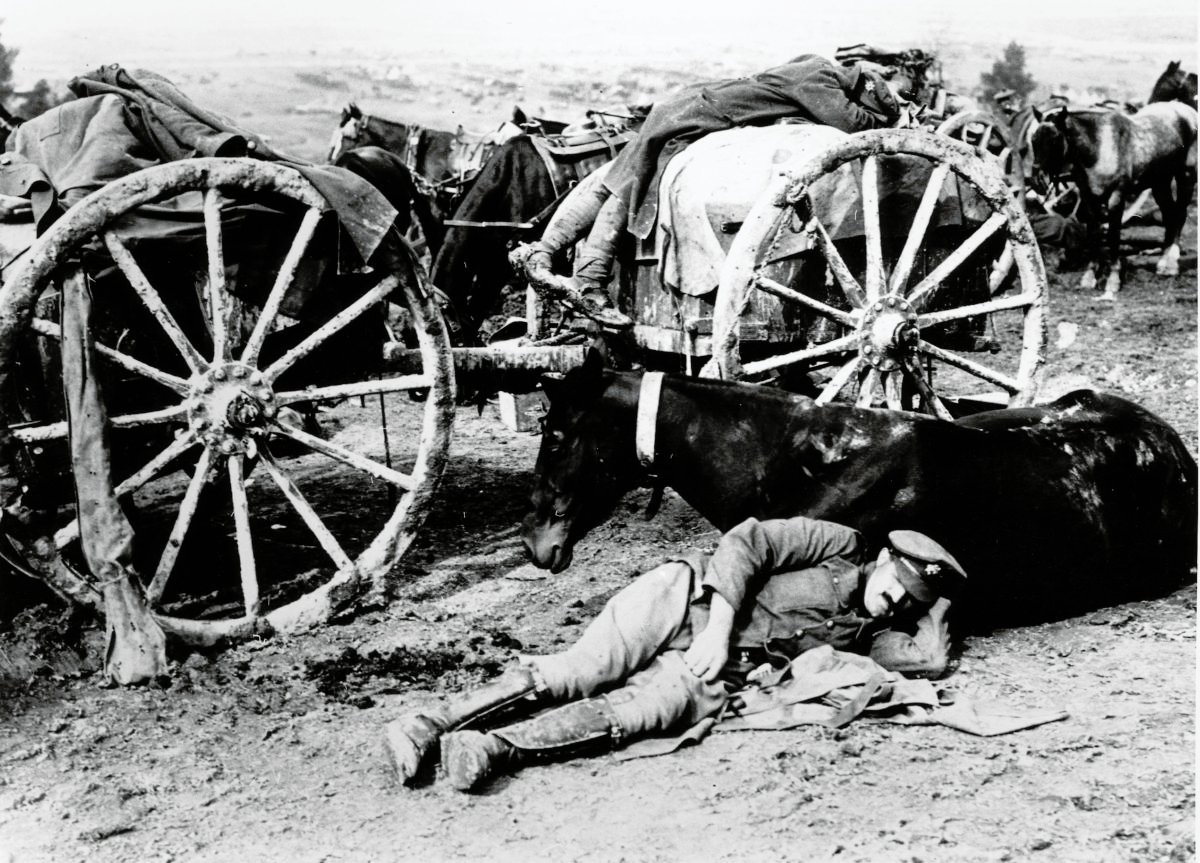-
Remembering the war horses & the men who cared for them.

They fought together, rested and ate together and ultimately died together. It is that time of year when we remember the fallen in wars, particularly those in the Great War. Last year, being the 100th. anniversary of the armistice, I was prompted to try and discover more about the role one of my grandfathers played…